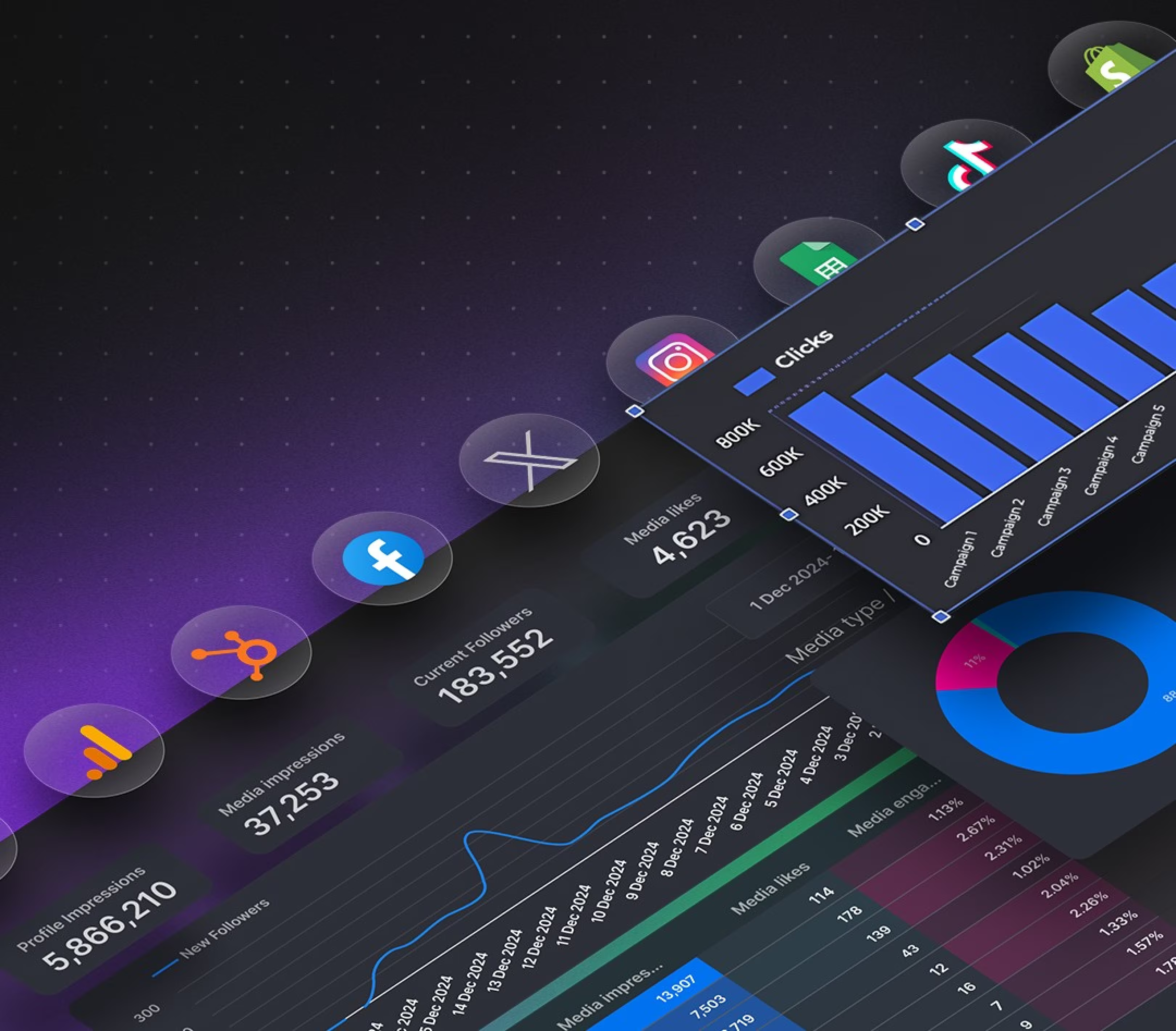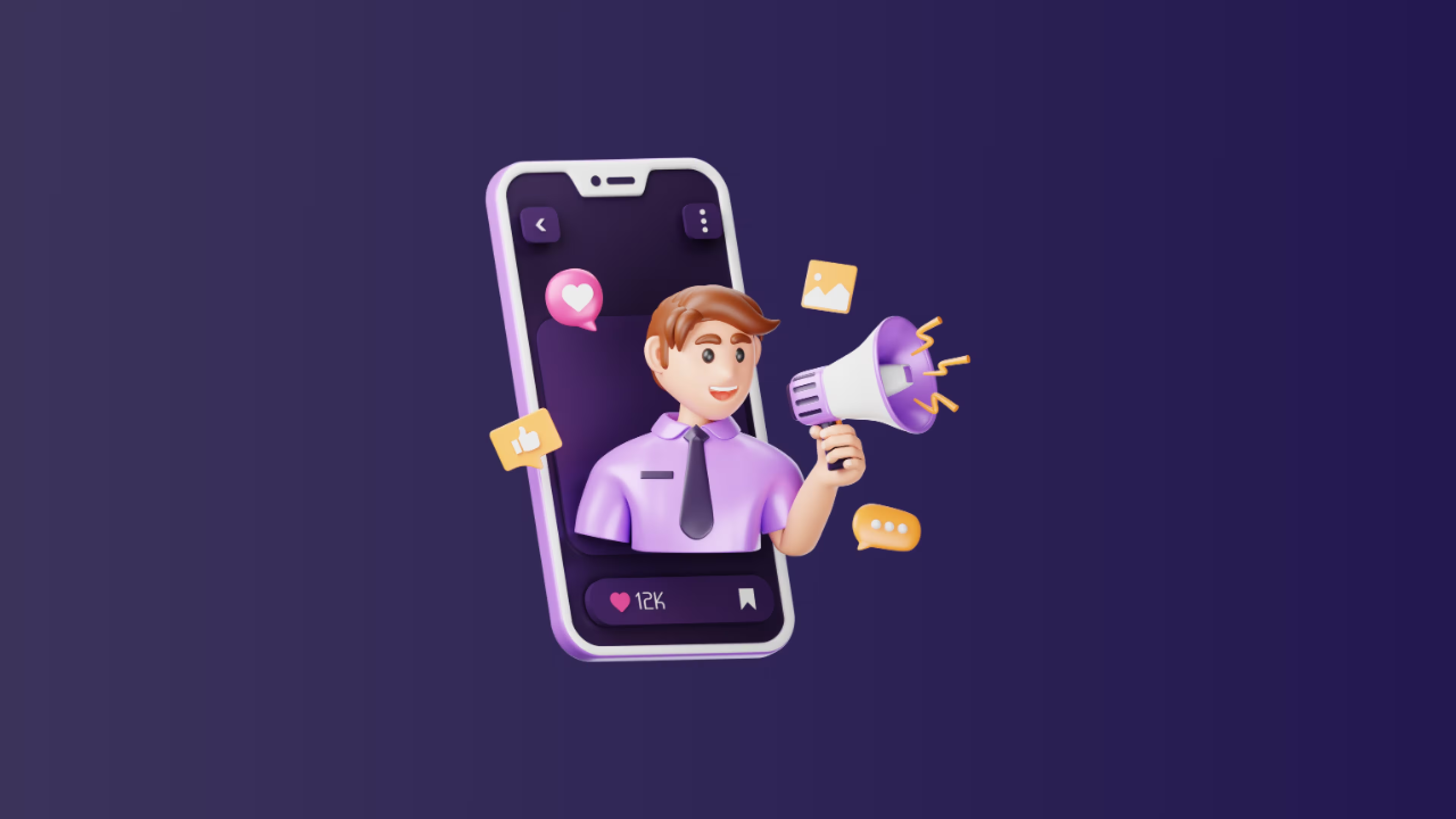New data from Sprout Social's Q1 2025 Pulse Survey reveals 59% of marketers plan to increase their influencer partnerships this year, with 76% of C-suite executives expanding their influencer budgets. The report shows 83% of marketers say sponsored influencer content generates more conversions than brand organic posts. As investment grows, the pressure to prove ROI intensifies—making automated tracking tools essential.
The Numbers Behind the Investment Boom
The Sprout Social Q1 2025 research surveyed 650 marketers across the U.S., UK, and Australia. The results show influencer marketing has moved from experimental to strategic:
- 59% of all marketers (69% in the U.S.) plan to partner with more influencers in 2025
- 76% of C-suite executives report growing budgets for influencer programs
- 77% of brands work with 1-10 influencers at any given time
- Only 4% of brands are scaling back investments
When three-quarters of executives approve bigger budgets, it signals influencer marketing has earned its seat at the strategy table. According to TopRank Marketing's 2025 B2B report, C-suite support isn't about trends—leaders see 83% of marketers report sponsored influencer content outperforms brand content in conversions.
Top investment goals: 67% of B2B brands aim for brand awareness, 55% drive revenue growth, 54% build credibility, and 59% boost engagement.
The Micro-Influencer Advantage
While mega-influencers grab headlines, smart brands bet on smaller creators. According to Later's 2025 Influencer Marketing Report, 73% of brands prefer micro and mid-tier influencers who offer stronger engagement-to-cost ratios.
Micro-influencers (10K-100K followers) deliver:
- Higher engagement rates: 6.15-6.76% vs. 1-2% for larger accounts
- Better trust: 40% of consumers prefer smaller creators
- Lower costs: Median CPM of $119 vs. $300+ for macro-influencers
- Easier management: More responsive and collaborative
A skincare brand running 10 micro-influencer campaigns often sees better ROI than one mega-influencer partnership—but only if you can track performance across partnerships.
The ROI Measurement Problem
Here's the disconnect: 65% of marketers say they're confident proving influencer ROI, yet many rely on manual spreadsheets, creator screenshots, and platform-hopping to gather data.
Common Tracking Challenges
- Data Lives Everywhere: Your metrics scatter across Instagram Insights, TikTok analytics, Google Analytics, Shopify, UTM parameters, and discount codes. Consolidation takes hours.
- Attribution Gets Messy: Did that sale come from the Instagram Story, the YouTube mention three days later, or your retargeting ad? Multi-touch attribution struggles.
- Wrong Language: You report "engagement rate." Your CFO wants "customer acquisition cost" and "return on ad spend." The translation gap makes budget justification hard.
How Data Automation Solves Tracking
Instead of manually exporting CSVs from five platforms every Monday, automation pulls real-time data into unified dashboards. As detailed in this marketing report automation guide, automation transforms influencer tracking:
- Unified Metrics Dashboard: Connect Instagram, TikTok, YouTube, Google Analytics, and e-commerce. See total campaign performance, not fragmented platform metrics.
- Automated UTM Tracking: Generate unique tracking links for each influencer automatically. Monitor clicks, conversions, and revenue attribution without manual builders.
- Real-Time ROI Calculation: Input costs (fees, products, gifting) and watch dashboards calculate ROI as sales roll in. No month-end surprises.
- Executive Reports: Schedule automated reports showing revenue per influencer, CAC vs. paid ads, content performance across platforms, and month-over-month growth.
You can do this manually, compile platform exports, or automate with tools like Dataslayer if pulling from multiple sources. For brands running 5+ concurrent campaigns, automation isn't luxury—it's survival.

Building Your ROI Tracking Stack
Essential Components
1. UTM Parameters + Landing PagesEvery influencer link needs UTM tags: utm_source=instagram, utm_medium=influencer, utm_campaign=spring_launch, utm_content=creator_name. Custom landing pages (yoursite.com/creator-name) isolate traffic for clear attribution.
2. Unique Promo CodesGive each influencer personalized codes. Track usage in e-commerce to measure direct sales. Codes like SARAH15 or MIKE20 make attribution obvious.
3. Platform Analytics
- Instagram/TikTok: Request Story analytics screenshots (only creators see these)
- YouTube: Monitor referral traffic in Google Analytics
- Link-in-bio tools: Use Linktree or native links with tracking
4. Consolidated ReportingConnect everything to one place instead of six dashboards. Want to automate? Try Dataslayer free for 15 days to connect Instagram Insights, Google Analytics, TikTok, YouTube, and e-commerce to Google Sheets, Looker Studio, BigQuery, or Power BI.
5 Executive Metrics That Matter
Stop reporting vanity metrics. Here's what C-suite wants:
- Return on Ad Spend (ROAS)Revenue ÷ Total cost. Spent $5,000, generated $25,000? That's 5:1 or 500% ROAS.
- Customer Acquisition Cost (CAC)Total cost ÷ New customers. Compare to paid ads—influencer CAC often runs 30-50% lower.
- Earned Media Value (EMV)(Impressions × Industry CPM) + (Engagement × Value). A post with 100K impressions at $10 CPM equals $1,000 in earned media.
- Content Repurpose ValueTrack performance of influencer UGC reused in ads, emails, or websites for extended value calculation.
- Lifetime Value (LTV)Do influencer-acquired customers have higher retention? Track 90-day and 180-day repeat purchases.
Real-World Tracking Examples
DTC Skincare Brand
- 8 micro-influencers, 30 days
- Investment: $12,000 (fees + products)
- Tracking: Discount codes + UTM links
- Results: $67,000 revenue, 5.6:1 ROAS
- Key insight: Dashboard showed 2 influencers drove 60% of sales—doubled down on similar creators
B2B SaaS Company
- 5 LinkedIn thought leaders
- Investment: $25,000 (fees + content)
- Tracking: Custom landing pages + HubSpot
- Results: 142 qualified leads, 12 deals worth $180,000, 7.2x ROI
- Key insight: Manual tracking would've missed 40% of indirect leads
Manual vs. Automated Tracking
Your Implementation Roadmap
Month 1: Setup
- Create UTM templates
- Generate unique discount codes
- Connect platforms to dashboard
- Define key metrics (ROAS, CAC, EMV)
Month 2: Launch
- Start with 3-5 micro-influencers
- Track daily performance
- Identify early winners
Month 3: Optimize
- Double down on top performers
- Test content types
- Present first ROI report to leadership
Learn more about tracking Instagram influencer metrics.
Frequently Asked Questions
What's the average ROI for influencer marketing campaigns?
The average ROI is $5.20 for every $1 spent, according to Influencer Marketing Hub's 2025 data. However, results vary widely based on industry, influencer selection, and tracking methodology. E-commerce brands with strong attribution often see 6-10x returns, while B2B awareness campaigns show 3-5x ROI. Define what "return" means—direct sales, leads, content, or awareness—and track consistently.
How do I calculate ROI without direct sales tracking?
Use multi-metric approaches: Track Earned Media Value by calculating equivalent ad impression costs. Monitor assisted conversions in Google Analytics for indirect influence. Measure branded search volume increases during campaigns via Google Trends. Track engagement and saves as interest proxies. Survey new customers with "How did you hear about us?" For B2B, track form submissions and demos linked to influencer landing pages or UTM parameters.
Should I use one large influencer or multiple micro-influencers?
Multiple micro-influencers typically outperform single large partnerships. Ten micro-influencers (10K-50K followers) give you audience diversification, lower risk, authentic niche connections, and combined reach exceeding one macro-influencer. However, large influencers work for massive awareness pushes, new product category launches, or instant credibility needs. The smartest strategy combines both—micro-influencers for ongoing campaigns, macro-influencers for major launches.
What tools track influencer marketing performance?
At minimum: Google Analytics 4 (free) with UTM tracking, discount codes in e-commerce, and screenshot reports from influencers. For efficiency, add affiliate platforms like Refersion ($50-200/month), link tools like Linktree or Bitly, and data consolidation connecting Instagram, TikTok, YouTube, and e-commerce into one dashboard. Brands running 5+ monthly campaigns save 10-15 hours weekly with automation.
How long to see influencer marketing ROI?
Direct sales appear within 24-72 hours for e-commerce using codes or links. Full impact takes 30-90 days: immediate metrics like clicks and engagement, week-one direct conversions, weeks 2-4 indirect conversions as audiences research, months 2-3 revealing content repurpose value and customer lifetime value. B2B takes 60-120 days for lead-to-customer conversion. Track early indicators (engagement, clicks, traffic) while revenue metrics mature.
Can I automate ROI tracking affordably?
Yes. Start free: Google Analytics 4, UTM parameters, native platform insights, and spreadsheets. Mid-tier: Shopify analytics, Linktree Pro ($9/month), Google Data Studio (free). Automation tools start $50-150/month for 5-10 data sources. If manual tracking takes 10 hours weekly and automation saves 8 hours, that's $160-400/week saved (at $20-50/hour rates)—paying for tools in week one.
Micro vs. nano-influencers for ROI?
Nano-influencers (1K-10K) offer highest engagement (7-10%) and work for product seeding or hyper-local, but have limited scale. Micro-influencers (10K-100K) provide the best ROI balance—strong engagement (5-7%), professional content, brand partnership experience, and enough reach to impact. For most brands, micro-influencers are optimal: affordable ($100-500/post), authentic connections, and you can run 10-20 partnerships for one macro-influencer's price—better data and lower risk.
Conclusion: Measure What Matters
The 59% of marketers increasing influencer investment aren't doing it blindly. They're building tracking systems connecting creator content to business outcomes.
The difference between brands that scale and those that don't: measurement. When you show executives "$127,000 revenue last month at $3.50 CAC while Facebook costs $11.20," budget conversations become short.
Start with UTM tracking and discount codes. Layer automation as you grow. Perfect attribution is impossible—good enough data makes smart decisions and proves value.
Your influencer program is only as strong as your ability to prove it works.







